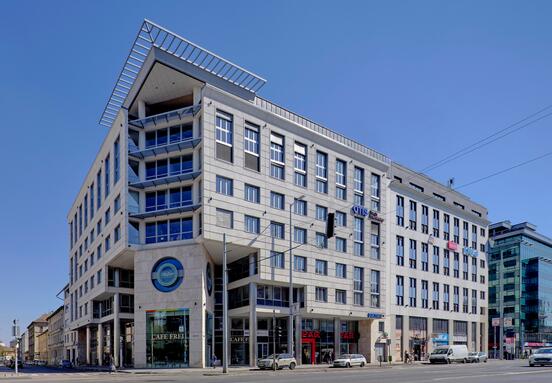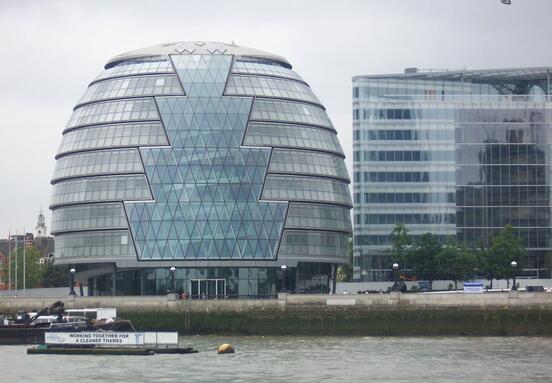The region continues to demonstrate resilience and opportunity, supported by moderating inflation, solid household consumption, and strong employment levels.
Economic Fundamentals Support Renewed Confidence
While global conditions remain complex, the CEE region is set to outperform Western Europe, with growth expected to double in 2025 and triple by 2026. Solid fundamentals – from monetary easing and EU fund inflows to low unemployment – continue to support stability and investor confidence.
Geopolitical risks persist, yet the region is increasingly viewed as one of opportunity. Bulgaria’s forthcoming Eurozone entry and recent rating upgrades have boosted sentiment, while Hungary and Romania benefit from strong logistics and manufacturing bases. Czechia and Slovakia maintain stable institutional profiles, and Poland continues to lead in both scale and liquidity.
Investment Activity Accelerates Across the Region
Commercial real estate investment volumes across CEE exceeded EUR 7 billion in the first three quarters of 2025, a 38% year-on-year increase. The majority of capital flows were directed to Czechia and Poland, together accounting for more than 70% of total activity. Czechia posted a remarkable 131% surge in investment, driven by the office, industrial, hotel, and mixed-use sectors, while Poland remained the region’s largest and most liquid market,
maintaining stability despite a modest annual decline. Hungary and Slovakia also recorded strong rebounds, with Hungary’s investment volume tripling year-on-year and Slovakia exceeding EUR 600 million in transactions, half of which were allocated to retail.
Sectoral Dynamics: Offices Rebound, Logistics Steady, Alternatives Emerge
The office sector is regaining traction, with prime and refurbished assets in central locations achieving rental growth amid limited new supply. Logistics remains resilient, supported by strong tenant covenants and long leases, while investors increasingly focus on portfolio transactions. Retail is adapting through repositioning strategies and enhanced amenities to attract evolving consumer profiles. Alternative assets are also gaining attention, including self-storage, data centres, senior housing, and student accommodation. These segments offer inflation-linked income and structural growth potential, appealing to investors seeking diversification and long- term stability.
Domestic Capital on the Rise, Debt Markets Stabilise
Capital sources across the region are becoming more diverse. Domestic based investors, particularly in Poland and Czechia, have become key players, collectively CEE-based invetors accounting for 57% of total investment volume – double the pre-pandemic average. While still below the regional average, the Polish capital recorded a remarkable surge in domestic investments, representing 23% of total activity and reaching nearly EUR 600 million. In previous
years, domestic capital in Poland accounted for only a negligible share of investment – averaging just 2% in 2018–2022 – before rising to 10% in 2023–2024. Meanwhile, US and Western European investors are selectively re-entering the CEE market, focusing on logistics and income-secure assets.
Debt markets have regained momentum, with traditional banks and debt funds both active. German lenders have returned as competitive players, offering attractive terms for prime office and logistics assets. Margins for prime borrowers have tightened, and lending conditions have stabilised across core markets, signalling renewed confidence in CEE’s financial landscape.
Outlook: Steady Recovery and Selective Growth
Looking ahead, Colliers expects a gradual but steady recovery over the next 12 months as pricing expectations align and financing remains accessible. The combination of solid economic fundamentals, pragmatic pricing, and expanding domestic liquidity is set to drive further investment activity through 2025 and beyond.
“CEE is no longer viewed through a purely risk-based lens,” noted Grzegorz Sielewicz, Head of Economic & Market Insights, CEE. “Investors are returning with sharper focus, selective strategies, and growing confidence in the region’s long-term fundamentals”.
With its competitive fundamentals, robust occupier demand, and deepening capital base, Central and Eastern Europe continues to stand out as one of Europe’s most compelling destinations for real estate investment.
Colliers








